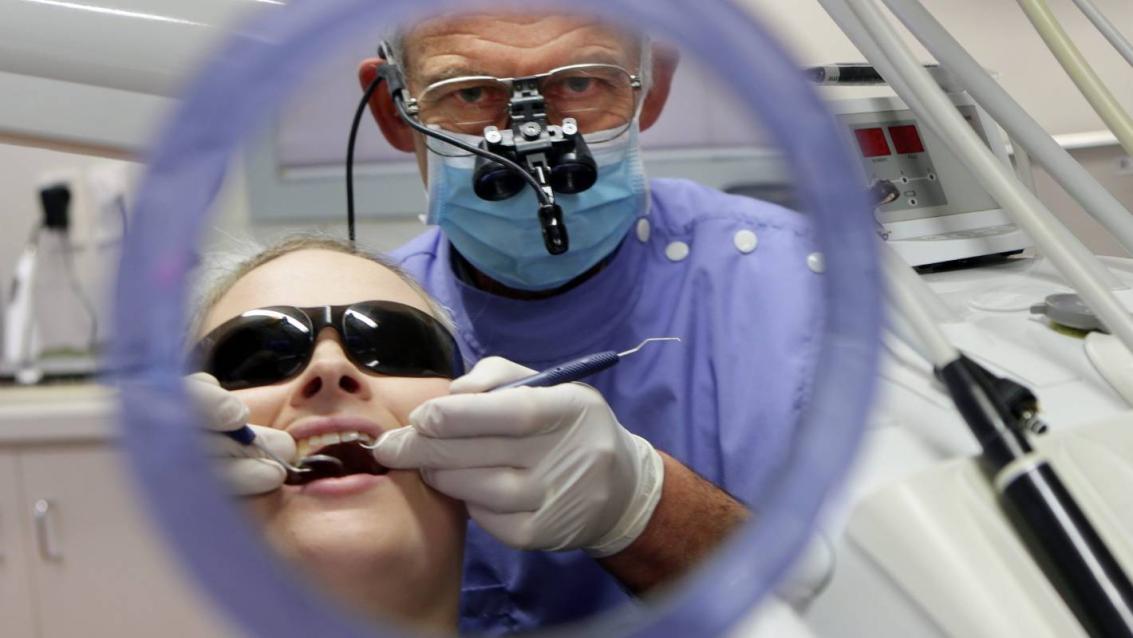What Are the Future Directions for Using Satellite Data to Study Climate Change?
Satellite data has revolutionized our understanding of climate change. By providing a global and continuous view of the Earth's system, satellites have enabled scientists to monitor and study climate change in unprecedented detail. This data has been instrumental in informing climate policy and action.

Current Applications Of Satellite Data In Climate Change Research:
Satellite data is currently used in a wide range of climate change research applications, including:
- Monitoring sea level rise and ocean temperatures
- Tracking the melting of glaciers and ice sheets
- Measuring changes in vegetation and land cover
- Studying the impacts of climate change on agriculture and ecosystems
- Developing climate models and projections
Satellite data has also been used to document the impacts of climate change on human societies, such as the displacement of people due to sea level rise and the increased frequency and severity of extreme weather events.
Emerging Trends And Future Directions:
The future of satellite data in climate change research is bright. As satellite technology continues to advance, we can expect to see even more innovative and groundbreaking applications of satellite data in this field.
- Improved data resolution and accuracy: Newer satellites are equipped with more advanced sensors that can collect data with higher resolution and accuracy. This will allow scientists to study climate change at a finer scale and with greater precision.
- Increased data availability: The number of satellites in orbit is growing rapidly, and this is leading to an increase in the amount of satellite data available for climate change research. This will make it possible to study climate change over longer periods of time and to identify trends and patterns that may not be apparent from shorter-term data sets.
- New applications of satellite data: As satellite data becomes more accessible and affordable, we can expect to see new and innovative applications of this data in climate change research. For example, satellite data is being used to develop new climate models, to study the impacts of climate change on human health, and to monitor the effectiveness of climate change mitigation and adaptation strategies.
Challenges And Opportunities:

Despite the many benefits of satellite data, there are also some challenges associated with its use in climate change research.
- Data gaps and uncertainties: Satellite data can be incomplete or inaccurate due to factors such as cloud cover, atmospheric interference, and sensor limitations. These data gaps and uncertainties can make it difficult to draw definitive conclusions about climate change.
- Data integration: Satellite data is often collected by different agencies and organizations, and this can make it difficult to integrate and compare data from different sources. This can limit the ability of scientists to study climate change on a global scale.
- Ethical and policy considerations: The use of satellite data for climate change research raises a number of ethical and policy considerations, such as data ownership, access, and privacy. It is important to address these considerations in order to ensure that satellite data is used in a responsible and ethical manner.
Despite these challenges, the opportunities for using satellite data to study climate change are immense. By overcoming these challenges, we can harness the power of satellite data to better understand climate change and to develop effective strategies to address this global challenge.

Satellite data is a powerful tool for studying climate change. As satellite technology continues to advance, we can expect to see even more innovative and groundbreaking applications of satellite data in this field. This data will be essential for informing climate policy and action, and for helping us to build a more sustainable future.
YesNo

Leave a Reply